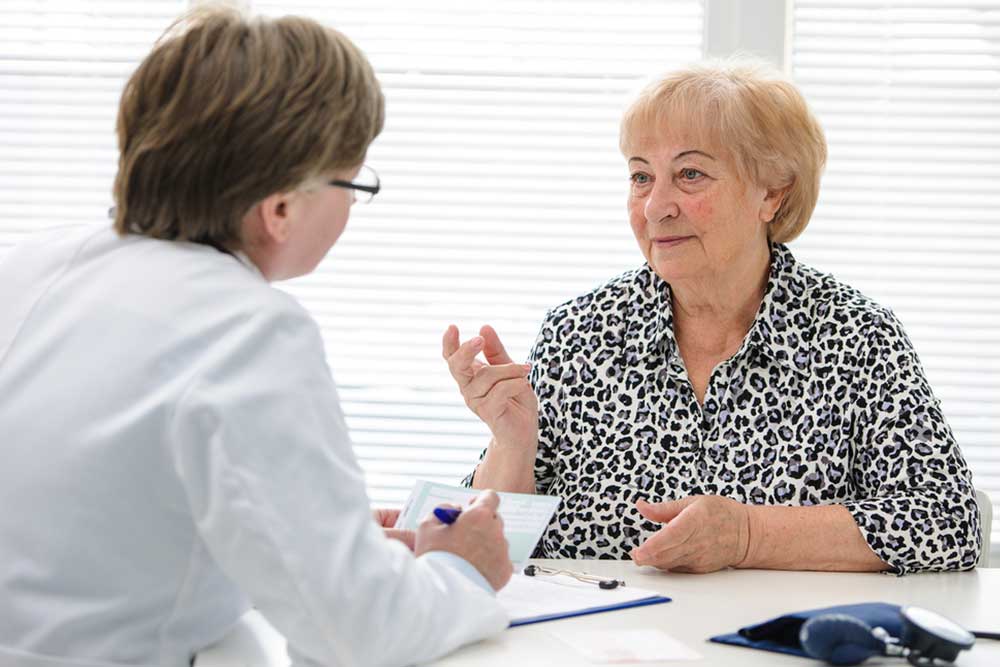Symptoms and Treatment Options for B Cell Lymphoma

Diffuse large B-cell lymphoma (DLBCL) is cancer that starts in the lymphocytes (white blood cells). It generally grows in the lymph nodes in your groin, neck, armpits, and other parts of your body. DLBCL spreads quickly, but the upside is that this form of cancer has a high cure rate. Every other person suffering from the disease is free of the symptoms of the disease once they are treated. According to statistics.
Diffuse large B-cell lymphoma symptoms
The first sign of the disease is generally a lump in the neck, groin, or armpit. It may grow quickly and may or may not be painful. In every two out of five people, the disease shows up in other areas of the body including the stomach. The symptoms of diffuse large B-cell lymphoma include:
- Itching
- Shortness of breath or a cough
- Weight loss
- Fever
- Drenching night sweats
- Belly pain or chest pain accompanied by pressure
Diffuse large B-cell lymphoma treatment
The downside of diffuse large B-cell lymphoma is the fact that it grows very fast. This essentially means that it spreads to more than one place in the body sooner than you will know it. It is best to visit a doctor immediately after you start experiencing the symptoms of the disease so that your doctor can get you started on a treatment plan. The treatment depends on your general health, your age, the subtype of cancer, and its stage. Generally, all you need is radiation or chemotherapy to destroy the cancer-causing cells accompanied by a treatment called ‘R-CHOP’. It is a combination of IV medications and tablets given over a course of three weeks. The more serious cancer, the more cycles of this medication you may need. In certain cases, a chemotherapy drug named etoposide is added to R-CHOP.
In general, there are two different types of lymphoma—Hodgkin’s and non-Hodgkin’s. They are quite different from one another and respond to treatment differently. They grow and behave differently as well. Diffuse large B-cell lymphoma is the most common type of non-Hodgkin’s lymphoma. If you are suffering from the symptoms of DLBCL, visit a doctor immediately. Your doctor will diagnose you of the disease and lay out a plan for treatment.

